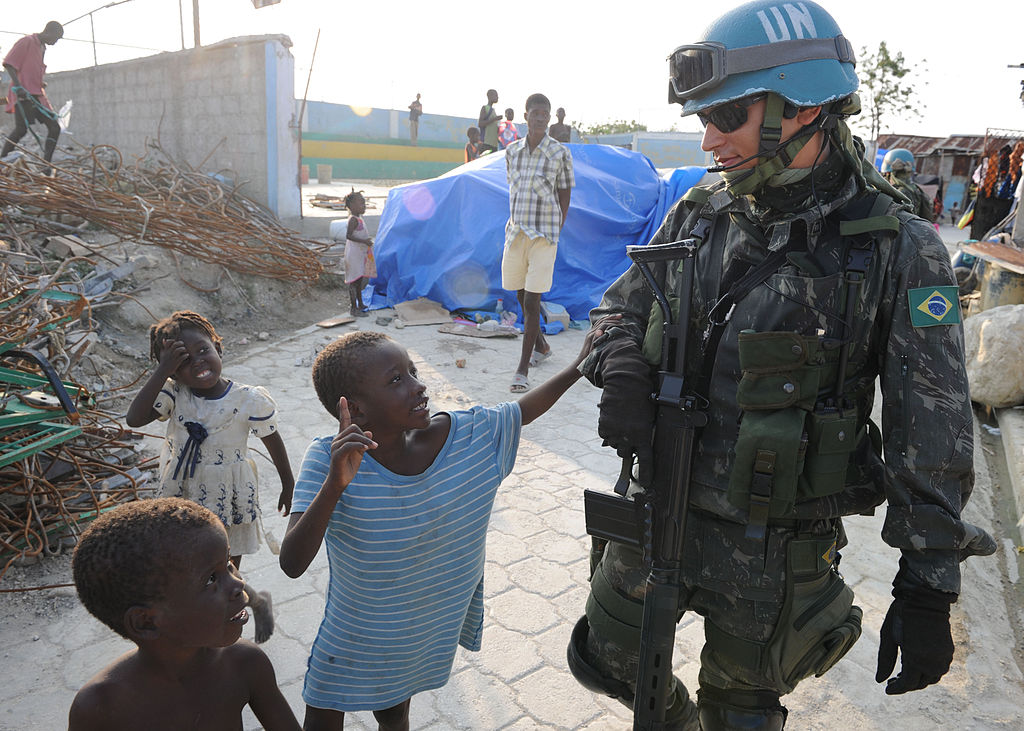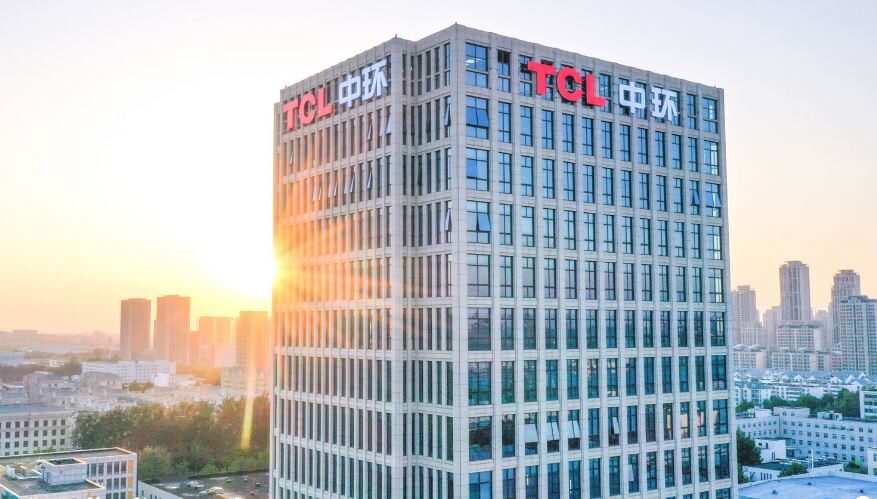U.S.-based start-up, Energy Peace Partners is currently implementing a program to help humanitarian missions across the world transition from diesel dependence to a safer and cheaper source of electricity: solar energy.
The scheme, dubbed Peace Renewable Energy Credit (PREC), is intended to help existing international humanitarian and peace operations utilize solar and renewable energy power generators, thus making them independent from local fuel supply chains, which are often tied up in the conflict.
According to company CEO and founder, Dave Mozersky, many humanitarian crises are currently being exacerbated by climate change. Trying to combine clean energy development with the improvement of peace building in several of the world’s fragile areas may result in a win-win for both international institutions working for peace building, and local populations and authorities in critical areas, while also preventing a broad use of polluting and expensive fuels.
“We can already see a number of conflict and crisis settings where new investment in renewable energy could provide multiple economic, social, political and peace benefits, but this is not current practice,” said Mozersky.
When asked which locations, specifically, could be benefit from this kind of action, Mozersky said many conflict and climate vulnerable countries are also energy poor. These include South Sudan, where the company is already operating, the Congo, Somalia, Yemen, Myanmar, Haiti, Afghanistan, Uganda, Rwanda, Djibouti, and Chad.
In Yemen, according to preliminary estimates from its Energy Minister, more than 300 MW of PV power generators have been installed since the war began in 2015, although not specifically at locations linked to humanitarian missions.
Mozersky claims that the international donor governments, which support billion-dollar-a-year humanitarian operations, have reason to embrace renewable energies, and solar in particular, as a way to maximize benefits and avoid unintended negative consequences.
“If humanitarian missions and UN camps may rely on its own energy provided by solar, they would not have to depend on local diesel and fuel suppliers, which can be involved in local war economies,” Mozersky said. “Apart from being cheaper, this would also help reduce their carbon footprint in areas, which are traditionally plagued by pollution and natural disasters, and help introduce new renewable energy infrastructure to fragile regions.”
Electricity is among the highest recurring costs of humanitarian missions. In South Sudan – the least electrified country on Earth, but home to one of the world's highest levels of solar irradiance – Energy Peace Partners is helping humanitarian missions to establish a reliable energy infrastructure. At the same time, it is decoupling economic growth from the geopolitics of oil and gas, which also means expanding its economy with less interregional and intertribal tensions.
“Transitioning humanitarian operations in South Sudan from diesel to solar power is a way to bring new renewable energy infrastructure that can serve as building blocks for peace in the country,” Mozersky said.
What makes diesel, or any kind of fuel more expensive in conflict-ridden areas, is the lack of grid infrastructure, which in many fragile countries has either never existed, or has been damaged by military operations.
“The cost of solar power in particular has dropped dramatically in recent years, and solar now is both a cheaper and a more consistent power source than alternatives in South Sudan. Solar panels can be easily scaled and can last for more than twenty years,” wrote Mozersky in a recent report for the United States Institute of Peace.
According to him, renewables and solar alone do not have the power to end conflicts, but “they do have the power to improve leverage international aid flows for both short- and long-term gains.”
Solar produces no noise and pollution, and has very limited maintenance requirements. “It is undoubtedly the best solution for NGO compounds and programs, UN agencies and peacekeeping bases, and POC (Protection of Civilian) camps,” Mozersky said.
Several NGOs and individual agencies in South Sudan have already switched to 100% solar-plus-storage power, among them Internews, which supports local radio stations across the country. International donors, however, are sometimes reluctant to invest in solar modules, favoring rather diesel generators, due to the lower up-front costs. Also, they are cheaper to replace, if destroyed during attacks on the missions' locations.
The Peace Renewable Energy Credit (PREC) is a financing mechanism conceived by Energy Peace Partners specifically to support renewable energy in conflict and crisis settings. It is aimed at extending existing renewable energy credit (REC) markets to the world’s most fragile areas.
“The PREC supports new renewable energy projects in energy poor, climate and crisis vulnerable countries, which lack many of the economic incentives that have supported renewable energy projects elsewhere. PRECS capture the environmental and social benefits of such projects, and offer a way to monetize the renewable energy, creating a new revenue stream for developers and supporting the economic conditions for new renewable energy investment. This can benefit environmental, social and peacebuilding goals,” said Mozersky.
This content is protected by copyright and may not be reused. If you want to cooperate with us and would like to reuse some of our content, please contact: editors@pv-magazine.com.




The level of poverty is increasing every day because of lack on electricity in the rural area especially among the pastoralist communities.
Oh how I wish to work more with them in the renewable energy especially using solar energy. They will be able to find other means that will sustain their lives.
Please liberate us by the knowledge of renewable sources of energy. Help us to SMILE BY USING SOLAR ENERGY.
rivers are drying but the sun is still shining in Tanzania